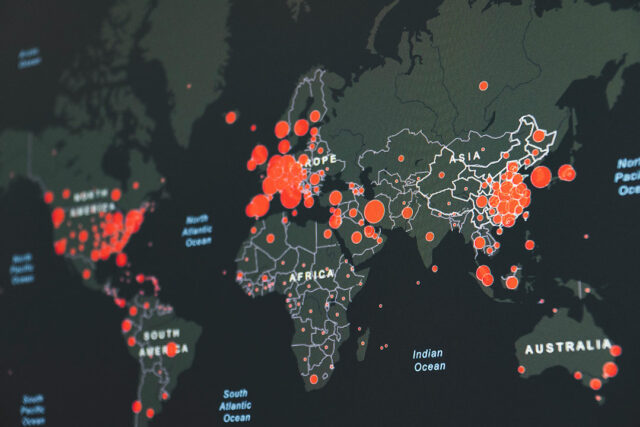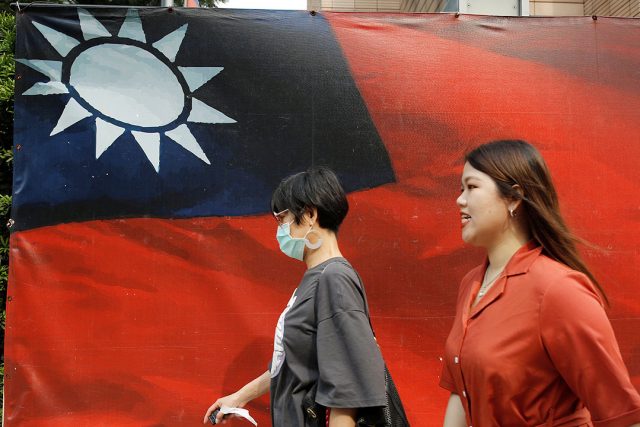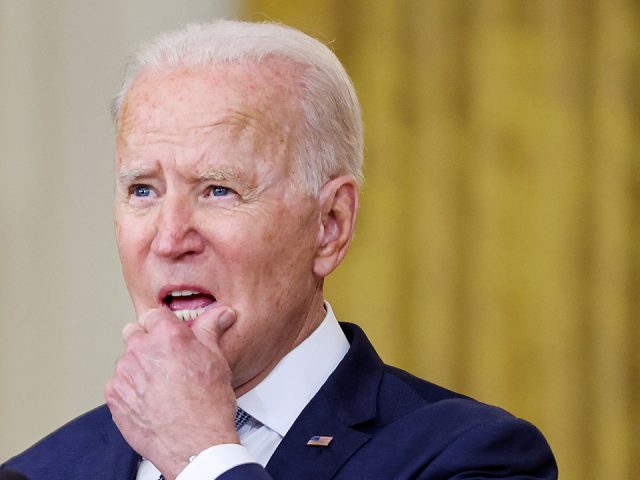(Part 3)
The Philippines has to be ready to transform its animation sector as the animation services outsourcing business continues to evolve in order to support new business segments through new platforms, genres, and means.
The Frost and Sullivan study in 2015 came out with a list of global lessons for the Philippines to take full advantage of these global trends. The first obvious lesson is the much greater reliance of the animation industry on technology. The stakeholders of the Philippine animation industry should make sure that from having been a market leader in hand-drawn artistry in the past, they should now enlarge their footprint in the digital animation area by constantly analyzing overall technology trends, especially its pool of skilled 3D animators. As digital animation is driven by constant technological innovation, budding animators should keep pace with the competition by regularly updating their competencies. This is a job for our schools of design and of computer technology which should have a wide offering of courses, some at the university level, but the majority of which should be tech-voc courses under the auspices of TESDA (Technical Education and Skills Development Authority) and focused on skills development rather than on obtaining a college degree. In fact, Miguel del Rosario, CEO of one of the leading animation enterprises in the Philippines, remarked in a webinar on the creative industries that most of the people he employs do not have college degrees.
Although technology is the key to establishing a foothold in the animation outsourcing industry, it is also important to acknowledge the impact of establishing a unique animation technique. For example, animation styles in the United States are significantly different from Japanese animation, or anime. Likewise, a production house from France will expect its outsourcing team to know the basics, the fundamental do’s and don’ts created for a French audience. The ability to comprehend the differences across various animation markets can be the key to winning or losing a project. Taking this into account, the talent pool within the subsector needs to be exposed to a greater range of animation styles and techniques to ensure that they have the required foundational skills to be more flexible and therefore marketable in this highly competitive industry. We can leverage on the fact that Filipinos are arguably the most exposed to other cultures, having been colonized by Spain, the US, and even Japan for a short period. We may also benefit from the pool of Filipino workers who have been part of the more than 10 million Overseas Filipino Workers for a period of time. Among them could be potential talents for the animation industry who would be familiar with the tastes of the consumers of animation products in such major countries as France, Japan, Spain, Germany, Italy, and other developed countries in which they worked for a while. In general, we should spend a lot of resources in upskilling, reskilling, and retooling on these OFWs upon their return to the Philippines. Among other reasons, we can expect them to have developed positive work attitudes and values in the advanced countries in which they worked.
In many parts of the world, incentives play a crucial role in the development of the local animation industry. For instance, mature markets like Canada and France still offer incentives through grants for the local animation sector. These grants are offered for the development of animation meant for the local market and have a minimum requirement on the contribution percentage expected of local animation studios. The remaining work can be outsourced, and this is where other outsourcing destinations, such as India and the Philippines, can step in and complete some of the work spill-over. Similarly, emerging destinations like Singapore and Malaysia offer various grants and incentive schemes for local companies with the aim of developing the overall national animation ecosystem.
In fact, the Creative Industries Council of the Philippines has come out with some recommendations, first to help the sector bounce back from the crisis resulting from the COVID-19 pandemic, and second for the long-term development of the industry. Especially for the animation and game development sectors (together with digital marketing and software development), it is recommended that they be classified as essential services and be allowed to operate at 75% capacity in existing locations. There should also be subsidies to the setting up of agile Digital Service Hubs around the National Capital Region to close the productivity gap. Government support for the long-term development of the creative industries in general will be discussed in another part of this series of articles.
Meanwhile, we shall discuss here the potentials for the game development sector of the creative services industry.
The game industry has become an integral part of mainstream entertainment and is no longer confined to children or adolescents playing video games. Those who play video games come from all age segments and are of both genders. When the Frost and Sullivan study was conducted in 2015, the industry generated revenues of $80.5 billion worldwide and was expected to reach more than $100 billion by 2022. It was estimated to grow at an annual compounded rate of 5% during the forecast period. The video game segments anticipated to register the highest growth rates were online, tablet, and mobile games. Video game development is a highly popular segment with nearly 60-80% of the segment being outsourced.
From a market driver perspective, new game platforms such as internet games and mobile device games are helping the overall video game industry and the game development industry to flourish. Furthermore, the industry has evolved and has increased the supply of skilled talents to develop complex games such as Triple-A. Additionally, the emergence of smaller developer companies, known as “indie” developers, and the ability to publish games directly to online platforms like Steam are driving growth. However, the rising upfront investment cost required to develop games is seen as a key obstacle, especially for the game development industry. There is also the problem of the hesitancy of video game publishers to explore new/emerging outsourcing destinations because of the lack of strong IP laws. The recent amendment of the Foreign Investment Act that allows 100% ownership of business enterprises in the Philippines could be one solution to the shortage of domestic capital. We can attract startups in game development established by entrepreneurs from North America, Europe, and Japan who want to tap the abundant human resource pool of the Philippines in this sector.
The Indo-Pacific region leads the overall market for game development, followed by North America and Europe. Demand in these regions is fairly balanced as each market contributes approximately one-third of the total share. The Latin American market is still a relatively small one, with merely 5% of the total. From a sub-segment demand perspective across all regions, the console market is the largest contributor, followed by online gaming. Most of the game development outsourcing pertains to the production and the testing stages. This includes tasks such as art, localization, audio, and music outsourcing. The most advanced global destinations for game development outsourcing are India, China, Brazil, and Poland. Vietnam, the Philippines, and Chile are among the emerging destinations for the industry. These emerging markets are constantly improving their capabilities and service offerings and are likely to pose a serious threat to mature destinations over the next few years, as is true in other industrial sectors that still depend mainly on human resources. Despite AI and robotization, the Philippines has the distinctive advantage of being one of the few emerging markets that have a young, growing, and English-speaking population.
Most game development outsourcing businesses in the Philippines involve multimedia testing and assurance, porting of games to multiple platforms, and artistic/animation design work. They also offer game operations support, quality assurance and specialized support. Game development companies in North America, Europe, and Japan continue to outsource the core labor-intensive functions of the value chain to the Philippines because of the low cost of labor and the availability of animation/graphic design platforms. Clients of traditional animation studios in North America that have traditionally outsourced 2D animation work to the Philippines have also outsourced game development-related work to the country because of similarities in talent requirements.
One trend that will intensify as the world recovers from the COVID-19 pandemic is the increasing dominance of the Indo-Pacific region in overall demand for the game development industry. Although the US and Europe are more well-known video game markets, the Indo-Pacific area is already the largest global market. While Japan, South Korea, and Australia were traditionally the larger markets, China has taken the lead and is anticipated to become the largest market (as in practically all consumer goods and services). Just before 2015, the Chinese government withdrew a 14-year ban on gaming consoles, which finally allowed console gaming giants such as Microsoft, Sony, and Nintendo to enter the market. Moreover, Singapore and Malaysia have been exposed to the video game industry for more than three decades. The growing consumer markets of the leading ASEAN countries like Indonesia, the Philippines, Thailand, and Vietnam will surely lead to their embracing more aggressively the video game culture.
There is also good news for the SME sector made up of gig entrepreneurs or freelancers.
In the past, large established video game development houses dominated the industry because of the high investment cost (upfront) required for the development of video games. Things, however, are slowly changing with the emergence of new platforms like mobile and tablet games where development tools are easily managed by a single or small group of video game developers, thus leading to the creation of mass-market indie developers. Some of these indie developers have come up with creative ways of raising funds, such as crowdfunding, to finance development costs when a large amount of capital is required. Moreover, go-to-market challenges diminish with the availability of digital distribution, which enables developers to bypass large publishers for game distribution. Indie game developers, because of their limited budgets, tend to be more creative in exploring new or unusual gameplay styles, introducing a mixture of genres into a single game, and experimenting with non-conventional lower-resolution graphics: for instance, creating retro-themed video games.
Obviously, all these bright prospects for the Philippines to benefit from the growing market demand for game development will be for naught if the necessary skills are not available.
It was suggested in the Frost and Sullivan study that the Philippines should start exposing high school students to the prospect of working in the game development industry as this will help build a technically stronger talent pool and shape the long-term prospects of the local industry. Unlike in the animation industry, in which a college degree is not a pre-requisite for developing the necessary skills, the whole process of learning to develop video games is no less challenging than becoming a software engineer. Students will need to learn multiple subjects related to mathematics, physics, designing and programming which can be quite intellectually demanding. Game development should be included among the professions that can be presented to senior high school students following the STEM (Science, Technology, Engineering and Mathematics) track. Since many of them are most probably already addicted to playing video games, it will not be difficult to convince them about the long-term career prospects in the game development industry.
(To be continued.)
Bernardo M. Villegas has a Ph.D. in Economics from Harvard, is professor emeritus at the University of Asia and the Pacific, and a visiting professor at the IESE Business School in Barcelona, Spain. He was a member of the 1986 Constitutional Commission.
bernardo.villegas@uap.asia












